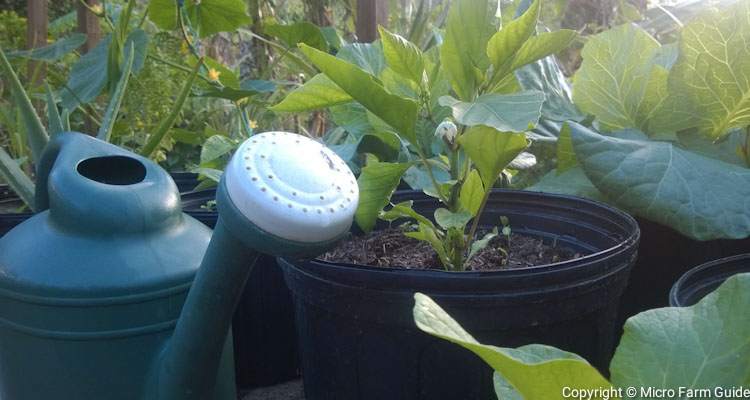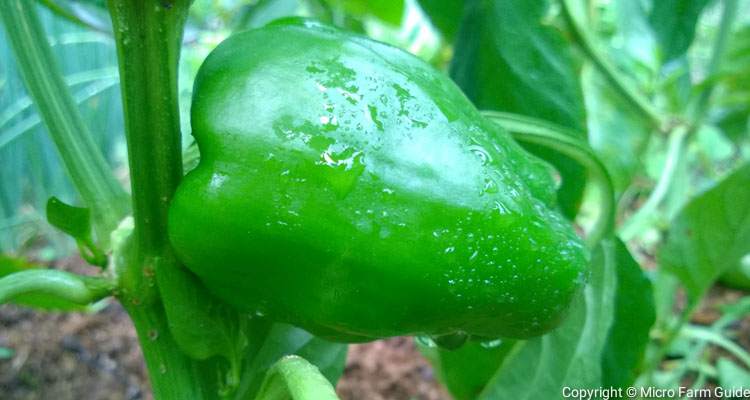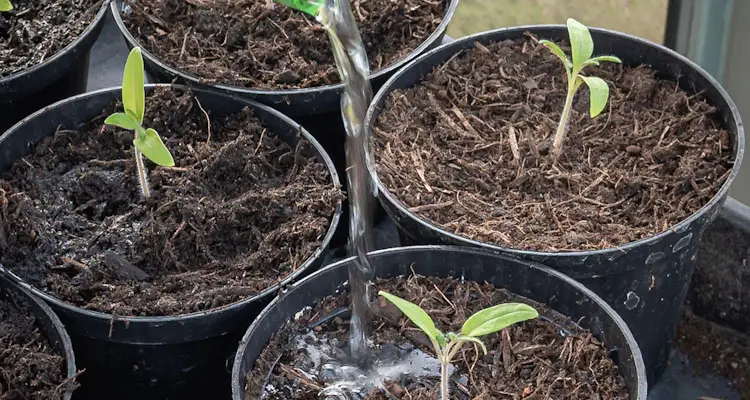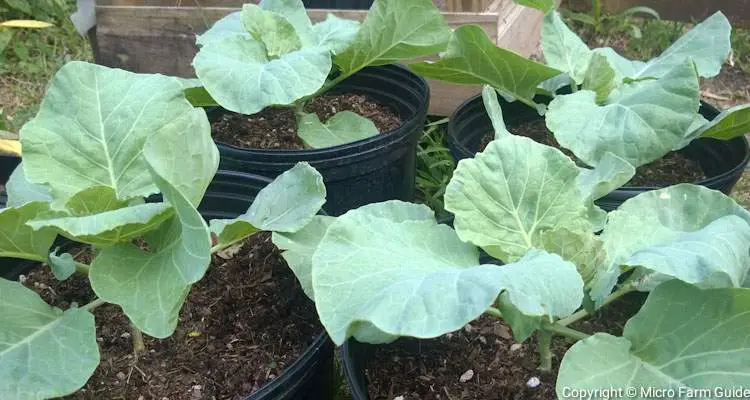The easiest way to water container plants is to use a watering can to soak the potting mix until water pours out of the drainage holes.
However, this can be a bit misleading since dried potting soil tends to pull away from the sides of the container, making it possible for water to escape without actually penetrating the soil.
Therefore, learning how to water container plants properly will better equip you to deal with this and other factors that can affect the frequency and amount of water your plants need throughout the year.

In this article, you will learn the simple process I use to water my container garden, including tips on identifying when and how often my plants need water.
You can avoid frustration by choosing the right potting mix and suitable container size for the plants you intend to grow. You can view the respective articles on these topics, but for now, let’s get started with the first step.
1. Check Moisture Levels
Container plants tend to dry out quickly. As a result, you must ensure that you monitor the moisture levels, especially during warm temperatures.
You can do this by sticking your finger into the soil or using a moisture meter. Ideally, you want to ensure that the first two inches of the soil are moist.
I also pay attention to the color of the potting mix, which usually gets lighter as it loses moisture. Sometimes, the potting soil may shrink, creating a gap between the container wall and the soil.
Please do not allow the soil to dry out completely. Yet, if this happens, ensure you take the time to adequately rehydrate the potting mix.
Also, please avoid assuming your growing media is well-watered after it rains. Plant leaves can prevent water from reaching the surface, much less penetrating it.
2. Water Plants In The Morning (And…)
The best time to water plants is in the morning, preferably while the sunlight is still cool. This should ensure the plant has enough water to last throughout the day. However, don’t take this for granted and “cast an eye” on your plants every once in a while.
I like to water my garden at about 7 am. At this time, it is bright outside, but the sun has not yet come over the mountain range. Usually, the potting mix is still moist at the end of the day, so I seldom have to water again.

You can also water your plants in the evenings after the intense sunlight has left your area. In both cases, you aim to allow excess water to evaporate from the leaves quickly.
However, avoid watering plants during the day, especially in hot weather, when temperatures exceed 90°F. Yet, if your plants are clearly stressed and you must water them, ensure you drench them completely or avoid sprinkling their leaves altogether.
3. Water At Root Zone (Bottom If Possible)
Plants absorb water from their roots. As a result, it is best to water the soil at the base of the plants and avoid wetting the leaves. In fact, water left on leaves can create the perfect conditions for fungal diseases to develop.
Therefore, try your best to keep water at the root zone, or bottom water plants if possible. If you must wet the leaves, do so early in the morning so the excess droplets will have time to evaporate.

4. Water Until Excess Flows Out
The most efficient way to water plants is to start from the center, closest to the plant’s stem, soaking the area with your watering can or other garden watering device.
Then water the surrounding areas to ensure that the roots are properly drenched. Water the soil slowly until it starts to pour out of the drainage holes. Typically, it takes about 10 to 15 seconds to water each plant.
5. Wait A Few Minutes, Then Water Again
Please wait a few minutes after the initial watering, then water the plant again until it pours out of the drainage holes.
By doing this, you are in essence allowing the water to penetrate and spread throughout the potting mix. As a result, the potting mix can better absorb water when it is moist.
I usually water each pot once, then start over from the beginning. This usually takes care of the wait time since it takes me a couple minutes to water all the plants and refill the cans.
Remember, so long as you use an appropriate potting mix and a pot with drainage holes, it is difficult to overwater your plants. It’s actually more likely for you to underwater your plants.
How Often Should You Water Container Plants?
It would be best if you watered container plants based on the needs of the specific plants, the pots’ size, and the nature of the potting soil.
Most plants require soils to be moist but not soggy. While this is relatively easy to gauge in the ground, container soil can go from wet to dry within a few hours, based on the temperature.
For example, many gardeners recommend watering outdoor plants every 2 to 3 days. However, in warm climates, it will be necessary to water once to twice daily.

Ideally, it would be best to not allow the soil to dry out entirely, unless you’re dealing with succulents, since this can damage the root systems of certain plants. Should this happen, you must rehydrate the soil. Otherwise, your plants will start to show signs of stress.
Final Thoughts
There is no hard and fast rule when watering container plants since several factors can affect the frequency and amount of water the plants require.
For instance, you will have to be mindful of the size of the plant, its general water needs, the daily temperature, potting mix, as well as the size and type of container.
However, through observation and practice, you will eventually get the hang of providing your container plants with the optimal amount of water to thrive.
Related Questions
How Do You Rehydrate Container Plants?
The easiest way to rehydrate container plants is to submerge them in water until the potting soil is completely saturated. However, be careful with larger pots since they can become significantly heavier as the soil absorbs water.
Do Plants Need Sunlight To Absorb Water?
Plants need a light source to engage in photosynthesis. During this time, they absorb water and carbon dioxide and convert them into oxygen and carbohydrates. However, this light does not necessarily have to be sunlight.
What Does 1 Inch Of Water Mean?
1 inch of water is the amount needed to cover a surface area 1 inch deep. This is usually measured in a square rain gauge with straight sides to reduce the chance of accumulated water droplets.
Do Yellow Leaves Mean A Plant Is Overwatered?
Yellow leaves can signify a fungal or bacterial infection caused by overwatering. However, yellowing leaves often indicate underwater plants or nutrient deficiency.
Why Is My Soil So Dry After Watering?
Soils that have dried out completely can repel water resulting in the soil remaining dry after watering. This is common in peat moss and soils with low organic content.
How Much Water Do You Give A Plant?
Generally, you should give plants enough water to saturate the potting media. However, the exact amount will vary based on several factors, including the container’s size and the growing media’s nature.
